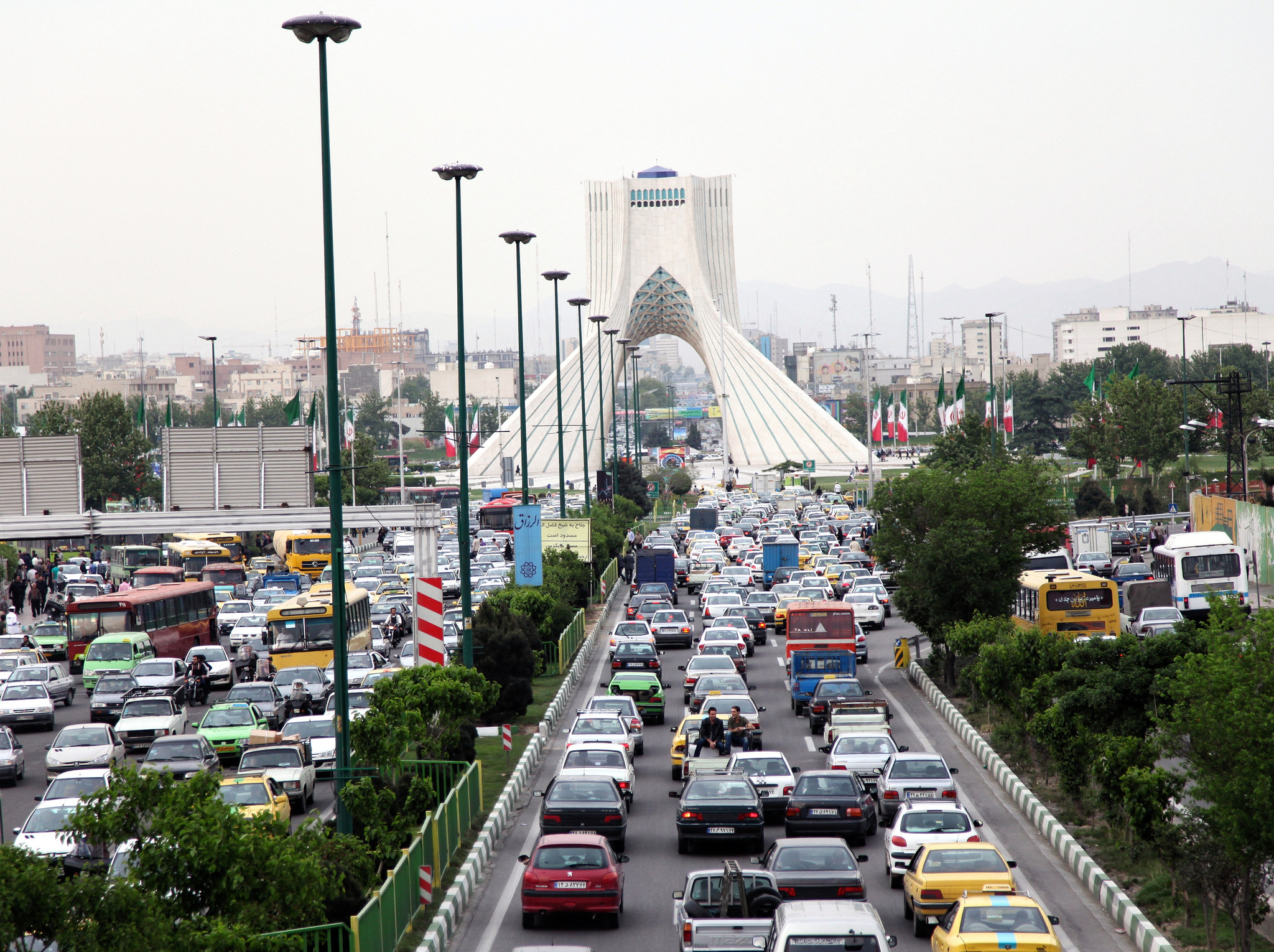Tehran and other metropolitan regions in Iran get bogged down in heavy traffic jams every day. Commuting has become a nightmare, at times taking hours to drive a short distance.
To economic researcher, Hamid Azarmand, constant traffic jams have not been caused by a single factor and so there is not a one-off solution to this constantly worsening problem. He blames traffic congestions on poor urban planning and mismanagement.
A summary of his interview with the Persian weekly Tejarat-e Farda on the causes and possible solutions to Iran's traffic woes follows:
The poor performance of several institutions, including Ministry of Roads and Urban Development, municipalities, police, Department of Environment, Ministry of Interior and Ministry of Industries, Mining and Trade, has contributed to increased traffic in the capital city and other Iranian metropolises.
For instance, Tehran Municipality is allowing multi-story buildings that do not correlate with considerations relevant to zoning regulations, such as parking space required for an office building.
Other criticisms leveled at the municipality are its go-it-alone decisions about the expansion of urban areas. Had the projects on development of new towns or creation of rail infrastructures been carried out properly, Iranian metropolises would not have been weighed down by severe traffic today.
Tehran's Metro, which is Iran's biggest subway, is ranked 22nd in the world in terms of the number of passengers it transports. Yet, it is not enough to accommodate the large number of new users.
There is a huge gap between the capacity of Tehran Metro and those of other metropolises. Take the example of Paris Metro: It carries 7.5 times more people than Tehran's Metro. Despite the considerable length of the subway in the Iranian capital city (180 km), which places it among the longest metro systems in the world, it has yet to be fully developed.
Another reason for traffic congestion in Iran's major metropolises pertains to the advantages of using private motor vehicles over public transportation. Subsidized fuel and weak public transportation lure people into using privately-owned vehicles.
The price of gasoline in Iran is cheaper than in other oil producing countries: It is one-sixth of the price in Norway, one-fifth of it in the UK, one-fourth of it in Brazil and less than half of it in Russia.
Lack of coordination between bodies involved in the transportation sector and their traditional, inefficient management systems are also blamed for the traffic density in Tehran and other Iranian cities.
There is no easy, quick-fix solution to the country's worsening traffic problem, but the government has a number of policy tools at its disposal to pursue a desired outcome. The advantages of these tools may be as important to policymakers as their desire to change the situation. These include economic tools (taxes, spending, incentives) and regulations (voluntary, legal).
The government must end the fuel subsidy and switch the benefits of using private cars to those using public transport. Citizens will continue using their cars, as long as they have access to cheap gasoline.
The development of infrastructure is not possible without the participation of the private sector and foreign investment due to the limited public budget.
Depressed fuel prices and inadequate public transport services will discourage such investors from putting their money into the development of urban and inner-city rail infrastructures.
According to Tehran Urban and Suburban Railroad Company, the fares of Tehran's Metro are the cheapest in the world. The price of London tube ticket is 26 times more than that of Tehran Metro. In Tokyo, ticket prices are eight times and in Ankara they are seven times more.
Such skewered transport fares pose a serious obstacle to the participation of private sector and foreign investors since, logically, the rate of return of infrastructural projects must be attractive for investors.


